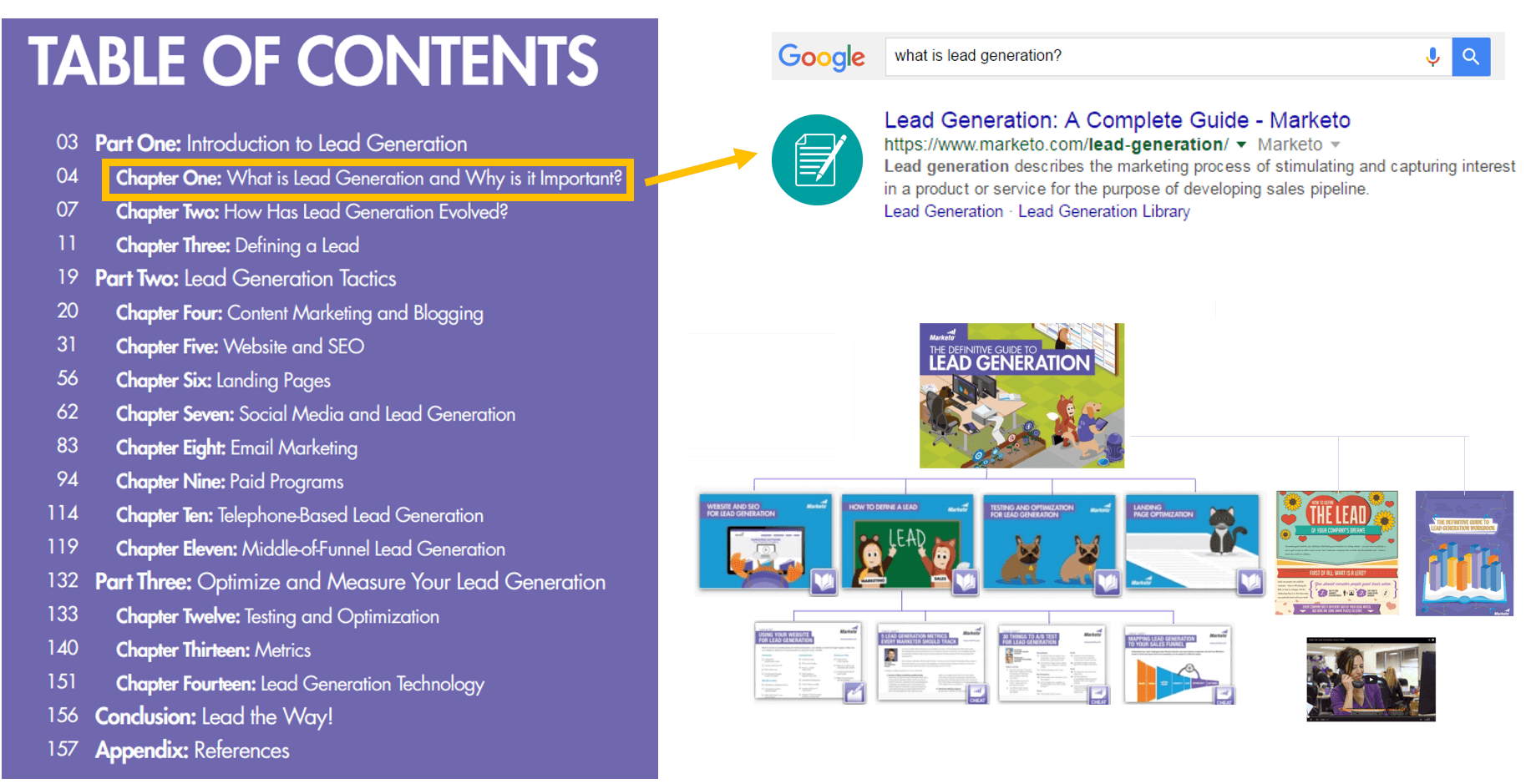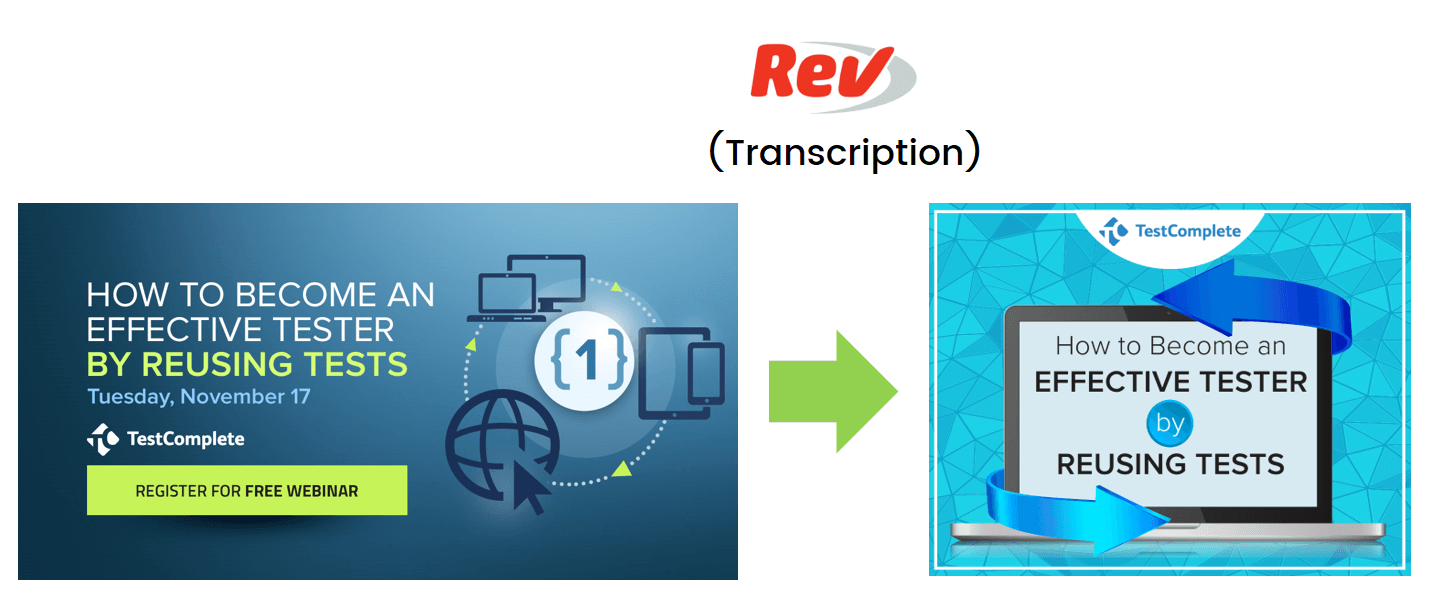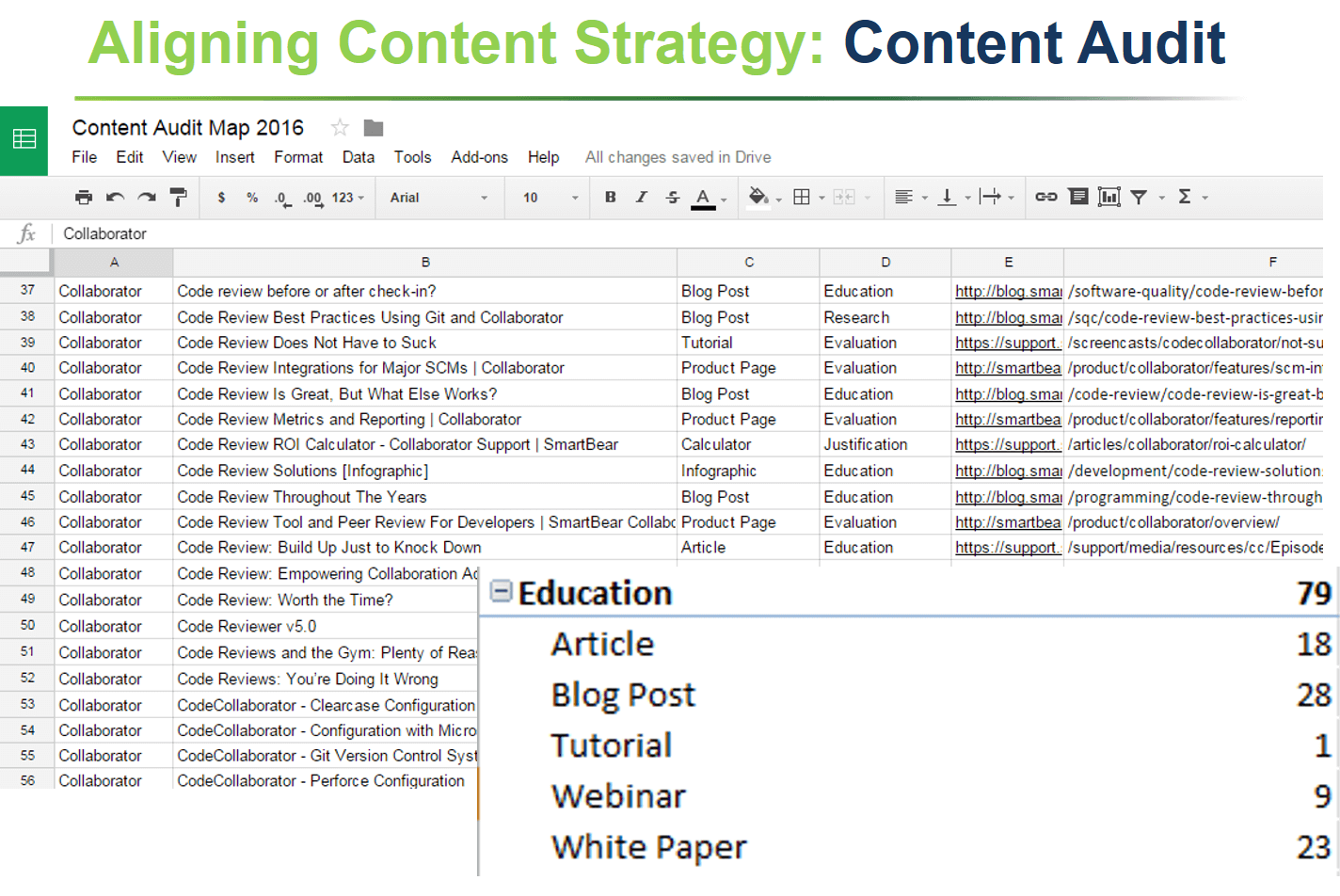4 Smart Content Planning Tips to Ensure a Huge ROI

Only 41% of marketers get a positive ROI from content marketing. Learn 4 effective content planning tactics to maximize the return and impact of your content programs.

Given the significant role content plays in influencing the modern customer journey, it makes sense that companies are so heavily investing in content marketing now and in the future.


But while many digital marketing teams are pouring their resources into their content marketing programs, far fewer are actually seeing a positive return on their investments and efforts.
(HubSpot)
Unsurprisingly, having a documented content marketing plan and strategy was the leading factor that was found to separate the winners from the losers.
(Content Marketing Institute)
I’d like to share a few content planning tips you can start using right now that can make a big difference in helping you drive more results with fewer resources.
4 Smart Content Planning Tips that Will Save You Huge

1. Design Your Content for Re-purposing From the Start.
It’s a lot easier to make a car eco-friendly if you design it that way from the start, than it is to try to take a car that wasn’t designed to be eco-friendly, and make it eco-friendly. Such can also be the case with re-purposing content.

With a little planning ahead, the following approaches can really go along way to not only save you time and resources in the long run, but also amplify the impact of your content initiatives.
Create an eBook Outline with Stand-Alone Chapters
Conducting some keyword research ahead of time, you can strategically craft an eBook outline in which each chapter and sub-chapter can stand alone as its own content topic related to the overall subject while doing your content planning. When it’s time to publish the eBook, just don’t index the PDF on Google (for duplicate content purposes), and Voila – you have yourself fresh organic content ready to publish. You can then add a seamless CTA linking back to the gated eBook to convert the targeted traffic you drive to the article into net new leads.
Another option is to publish some chapters as PDF guides, providing great fodder for content to send your email database individually, or to gate and use for lead gen assets on their own. The sky is the limit here – you can include any content format you can think of really, as long as you plan it all out well in advance.
Check out this similar example below from Marketo, who are absolute masters of this art. Marketo regularly publishes a quarterly Definitive Guide, which they commonly use this tactic with. The product is typically a 100+ page beast of an asset chock-full of high-quality standalone content topics and chapters ready to re-purpose.
In the below example, you see the first chapter “What is Lead Generation and Why is it Important?” was re-purposed as an SEO article which currently ranks #1 on Google for the search phrase “What is Lead Generation?”

But they didn’t stop there. No, not even close. From that single definitive guide, they were able to create 11+ more standalone content assets that I could count, not including any other blog posts or SEO articles that may have come out of this. Not too shabby.
Stand-Alone Chapter Outlines to Re-purpose Webinars
Just like for eBooks or Guides, you can similarly use this approach to outline webinar content for re-purposing. After the webinar, you can than get the recording transcribed (we use Rev.com as our transcription service) to produce your written content you’ve planned in your outline. The more thorough job you do with your outline and notes for the webinar, the easier it will be later.
A really pro move with this is to plan the transcription of the webinar to turn into an eBook, while also still planning to re-purpose the chapters of the eBook into standalone organic content articles and other assets. A multi-dimension re-purpose if you will. Very meta. Very effective.

Designing Webinar Slides for Re-purposing to Slideshare
Another option that I am a fan of is designing your webinar slide decks so they can easily be published as a slideshare directly following the event.
In my opinion, if your slides are not optimized to work as a slideshare without much editing after the webinar, then the slides probably weren’t optimized for the webinar in the first place.
This has a double advantage because it also forces you to make your webinar slides more engaging, by incorporating common protocols required of a slideshare such as more visuals, less text, more data, and an interesting cover.
2. Set Strategic Business Objectives and Content Themes
Objectives are not the same as goals. While most digital and content marketers have goals and KPIs of some sort, I would bet that (in comparison) far fewer have solid content marketing objectives set for the next 6-12 months. If you do not, it can be a great way to focus your efforts on the needle-mover areas.
Business Objective Examples:
- Take market share from a competitor
- Establish yourself as a leading authority on xyz subject
- Reach a new market segment or audience
- Educate the market to create demand for a new solution
You need to be measure twice before you cut with these, as in order to be effective you need to commit to them and not switch your objectives frequently.
Once you have your objectives in place, the second part is developing over-arching content themes to help you achieve your objectives. These themes might run anywhere from a month to a year. I personally prefer the ballpark 90-day range, and no more than three-to-four themes max running at once.
Below are some advantages to getting these nailed down.
7 Benefits of Setting Content Marketing Themes
- Focus resources on needle-movers. Much less chance of wasting time and energy with these swimming lanes carved out to keep you on track.
- Building authority on topic, SEO ranking. Focusing lots of content to cover all different relevant topics surrounding a certain subject helps you establish yourself as an authority on that subject and improve SEO rankings for relevant keywords.
- Attract and grow targeted audience. The customers you attract with this topic will be an engaged audience for your future content for this theme. The more content you create content for the theme over time, the larger and larger you grow your niche audience for the next, with a growing list of prospective customers that you can behaviorally target based upon their interest. It’s a snowballing effect.
- Content coverage across customer journey. This approach helps you make sure to fill out missing gaps of content for each theme throughout each stage of the customer journey to create a more complete and consistent experience for customers.
- Optimize conversion and secondary CTAs galore. Suddenly it seems like you always have the perfect CTA and other relevant content to link to when you publish new content, which is key for maintaining customer engagement and advancing them to later stages of the journey.

- Consistent omni-channel messaging. Inconsistent messaging can be a dangerous thing that can cost you a customer’s trust if you’re not careful. With themes in place, it is easier to keep consistent with your message to deliver a seamless multi-channel experience.
- Control experimentation and resource allocation. A common (and costly) mistake content marketers can make is taking too large a risk by rolling the dice on untested content topics for high investment content initiatives such as an eBook.
In the Content Marketing Pyramid example below from Curata, content initiatives are assigned points based upon the amount of effort needed to be invested. The higher point value content assets, especially the 500 point eBooks, is not something you want to take a gamble on missing the mark. Themes help protect these high investment assets for essential topics. Any topic experimentation and testing can then be done down at the curated and short-form blog post levels where it belongs.

3. Conduct a Content Audit
Another common content marketing mistake is the tendency to always look to create new content without taking inventory of the existing content you already have.
Conducting a content audit and making this a regular part of your content planning process can not only improve your understanding of where you need to focus future content creation efforts most, but also help you discover ways to get much more value from your existing assets.

8 Factors to Consider During a Content Audit:
- Number assets/customer journey stage. how many content assets do you have for each stage of the customer journey?
- Types of assets/stage. How many types per stage? Do you have the right formats to meet your objectives at each stage?
- Performance of assets. Just because you have 150 education stage SEO articles and blog posts does not necessarily mean they are driving enough traffic. On the other hand, there might be some assets performing well you might discover and consider re-purposing.
- Age of content. Do some assets need to be updated?
- Location of content. Is each asset in the right place for customers to find it? Are there more places where it could be?
- Distribution strategy. Have we done our due diligence for promotion and leveraged all the right channels?
- Optimization, enhancement, and re-purposing. Are there, SEO or conversion optimization opportunities? Should we add to it or bulk it up? Something we can re-purpose?
- Keyword research – What keywords is each page optimized for how are they ranking?
Below is an example of a content audit my colleague, Ryan Pinkham, conducted for one of our products at SmartBear. We use google sheets for this.

4. Create Evergreen Content

Will this topic be relevant next month or next year? Three years from now? Evergreen Content is defined as SEO content that always stays relevant and fresh. Think Wikipedia.
NOT Evergreen Content Topics:
- News stories, newsjacking
- Annual reports
- Event, holiday or season
- Pop culture fad
Evergreen Content Examples:
- Lists
- Tips
- “How to” and “what is” articles
- Encyclopedia-esque articles.
Before committing the resources to produce all the content in your plan, make sure that enough of the topics evergreen ones that you will continue to reap the benefits from for years to come.
I can name more than a few content assets that have influenced millions of dollars of revenue for us years after the were originally produced, and still are today. The gifts that keep on giving…
Atlassian is one company that does this very effectively. Check out their education center on agile methodology, which is crammed full of juicy organic evergreen content.

You will be surprised how much measuring twice before you cut during your content planning can make an impact on the bottom line.
By the way, I used an outline for planning this post. Do the two standalone content topics below look familiar? 🙂
- 7 Benefits of Setting Content Marketing Themes
- 8 Factors to Consider During a Content Audit
What content planning tips do you have for improving ROI?
For insights on more content marketing success makers and breakers, an overview of costly mistakes that can be killing your content marketing results, and actionable tips on how to correct them, check out the slideshare below from a recent webinar I presented as part of BrightTalk’s B2B Content Marketing Summit.
